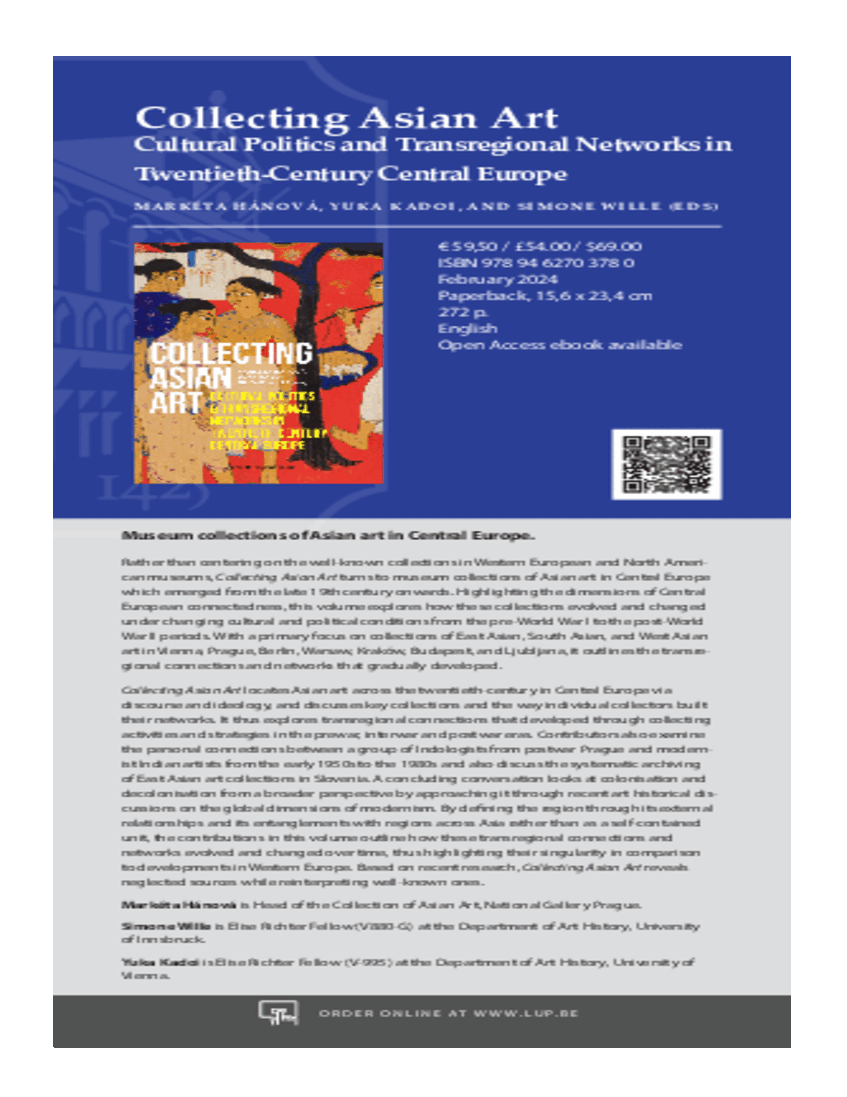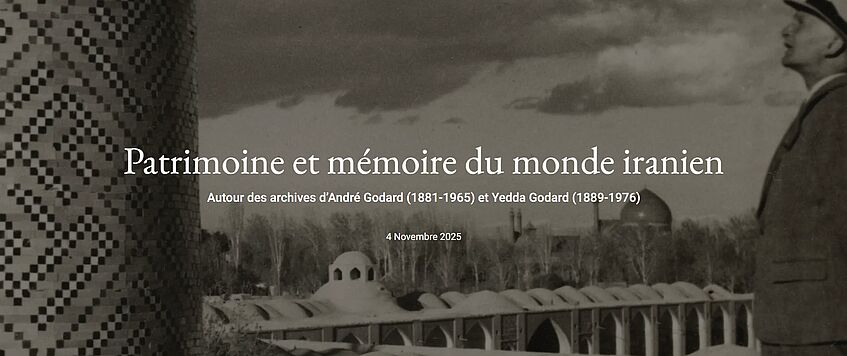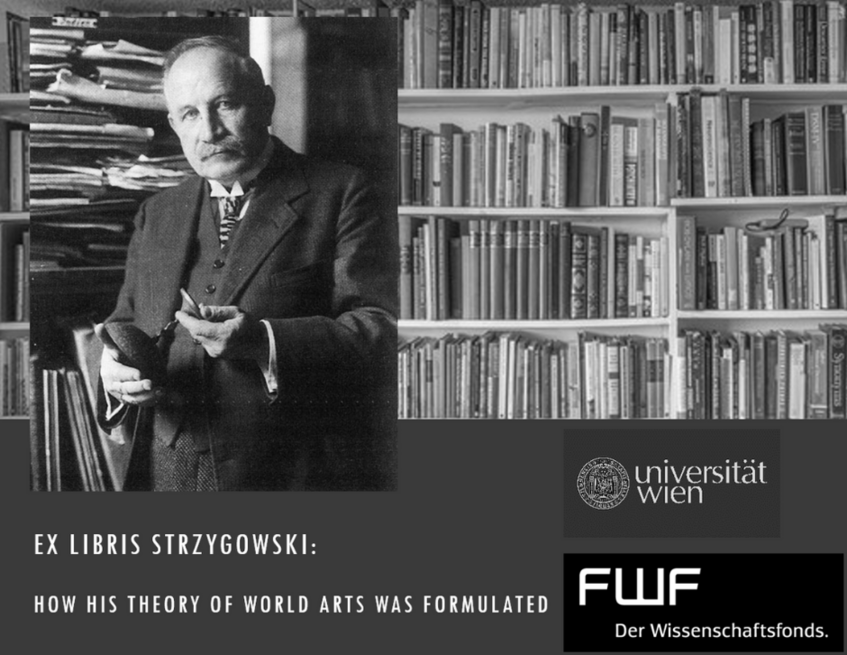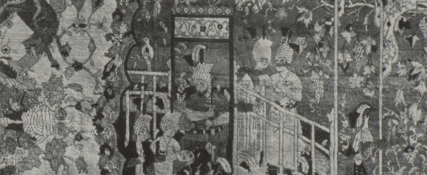Persica Centropa:
Cosmopolitan Artefacts and Artifices in the Age of Crises,
1900-1950
FWF Elise Richter Programme (V-995)
Project Leader: Dr. Yuka Kadoi
Scientific Assistant: Anton Matejicka
PERSICA CENTROPA seeks to redefine what used to be called ‘Persian art’—cultural artefacts that became predominantly associated with medieval and early-modern Iran and West Central Asia—while reframing it as an alternative narrative of aesthetic thinking that evolved in Central Europe during the first half of the twentieth century. Spanning from the declining years of the Habsburg empire to the emergence of new nation states within its former territories after 1918 and the devastation of World War II, this four-year project maps out the network of collecting and interpreting Persian objects and images against a backdrop of the socio-political upheaval of a once-thriving cosmopolitan cultural region.

Publication
February 2024
We are pleased to announce the publication of Collecting Asian Art: Cultural Politics and Transcontinental Networks in 20th-century Central Europe, edited by Markéta Hánová, Yuka Kadoi and Simone Wille (Leuven: Leuven University Press, 2024). Available as Open-Access (Collecting Asian Art – Leuven University Press (lup.be).

Lecture
November 2025
‘André Godard and Arthur Upham Pope: two foreign giants of Persian art in Pahlavi Iran', Patrimoine et mémoire du monde iranien: Autour des archives d’André Godard (1881-1965) et Yedda Godard (1889-1976), Musée du Louvre, Paris, 4 November 2025. This one-day international symposium brings together specialists to explore the research possibilities offered by the Godard Archives (ca. 13,000 photographs, as well as notebooks, sketches and working documents), now preserved, digitised and inventoried in the Louvre’s Department of Islamic Art. Further information: Patrimoine et mémoire du monde iranien - Autour des archives d’André Godard (1881-1965) et Yedda Godard (1889-1976)

News
January 2025
PERSICA CENTROPA is delighted to welcome two members (Eva Lechner & Judith Ramharter) to join our pilot-project, "Ex libris Strzygowski, "How His Theory of World Arts was Formulated" (Ex Libris Strzygowski - Fachbereichsbibliothek Kunstgeschichte). This project intends to make an inventory of the off-print collection (so far more than 1,000 entries) from the library of the Vienna School of Art History Professor Josef Strzygowski (1862-1941), currently housed at the University of Vienna Library, while exploring the research possibility offered by this collection.


